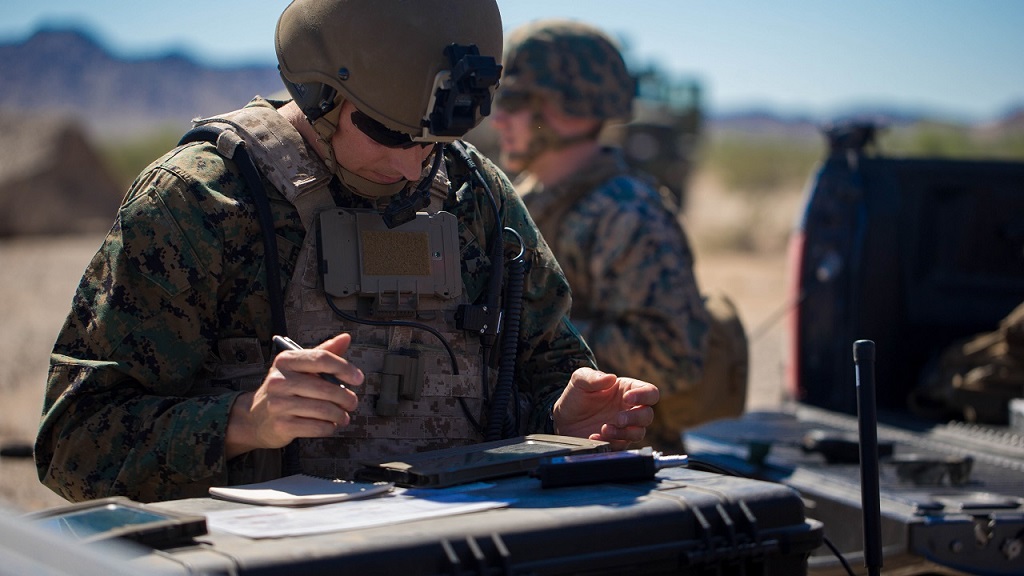
This post is also available in:
 עברית (Hebrew)
עברית (Hebrew)
US warfighters expect that their field equipment have the same functionality and capability as their personal, commercial mobile devices. Consequently, rugged mobile computing is getting a major boost as the Department of Defense (DoD) pushes the defense industry to ruggedize commercial technologies for military use, according to mil-embedded.com.
The US Air Force has been turning to emerging technologies, including mobile solutions, to close critical readiness gaps. Among the challenges faced by the Air Force are the lack of maintenance professionals, less flexible supply chains and increased risk of supply disruption.
Mobility through smartphones and tablets can boost readiness, streamline operations and empower faster, smarter decisions in several operational areas: Flight line maintenance, supply chain management and situational awareness.
Tactical aircraft maintenance specialists require seamless communication to make sure aircraft are ready to fly at a moment’s notice so pilots can safely and effectively achieve the mission at hand. As the number of maintainers is scarce, mobile solutions like e-tools (digital tools and apps) and secure tablets can help leaner teams streamline and optimize flight checklists, safety inspections, equipment maintenance and logistics.
With mobile solutions, such as smartphones or tablets equipped with bar code scanners, information technology can verify both the security and integrity of the USAF supply chain and pinpoint assets from any location — with much less disruption. Mobile solutions can also help streamline supply chain management while delivering real-time data on inventory and logistics.
An important aspect of pilots’ operation is in-flight situational awareness. Mobile devices like tablets and wearables that integrate with peripherals can transform US Air Force readiness by ensuring connectivity and seamless communication across these stakeholders. Tools like the Android Tactical Assault Kit, or ATAK, leverage geospatial information and mapping, site survey, radio controls, web browsing, and chat to deliver real-time situational awareness, according to defensenews.com.

























